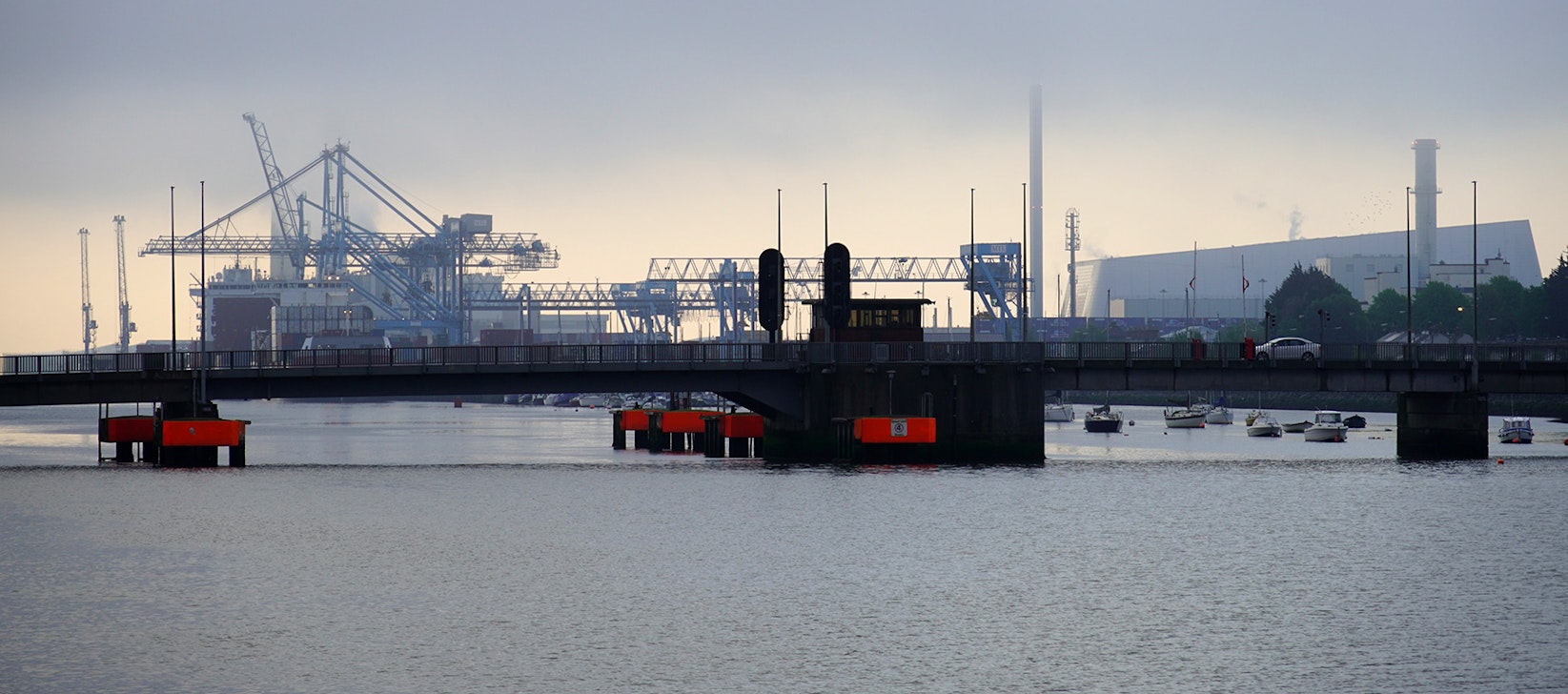The latest PMI survey, from S&P Global, shows that Dublin’s private sector expanded at its softest rate of the year in the final quarter of 2023.
Dublin business activity growth slowed in Q4. The headline rate was 51.9, down from 53.5 in Q3 and 55.5 in the opening quarter of the year. On a sectoral basis the services sector led the overall increase. Meanwhile, manufacturing returned to growth for the first time since Q2 2022. However, construction activity fell, ending three consecutive quarters of expansion. Output across the Rest of Ireland in Q4 remained narrowly in expansionary territory (50.3).
Employment in Dublin remained resilient. It expanded again in the final quarter, continuing a three-year sequence of growth. That said the rate of job creation softened from its strong performance in the third quarter. The increase in staffing levels was also evident across the Rest of Ireland, but at a slower pace than Dublin.
Looking forward, New Orders in the capital registered a decline in the final quarter, the first contraction since Q4 2022. The headline rate dipped to 49.4, indicating a marginal fall in new business at the end of the year. This contrasted with the Rest of Ireland which saw new orders expand slightly in Q4 following a contraction in Q3.
Business activity in both Dublin and the Rest of Ireland continued to expand at the end of 2024 but at their lowest rates of the year. In the capital, a return to growth in manufacturing was offset by a contraction in the construction. Employment trends in the capital remained resilient. However, the first contraction in new orders for a year, in the face of global uncertainty will raise concerns.
Commenting on the PMI, Andrew Harker, Economics Director at S&P Global Market Intelligence said:
“While firms in Dublin continued to expand their output at the end of 2023, the drop in new orders in the fourth quarter is a cause for concern. Companies will be hoping that this was just a blip amid weakness in construction at the end of the year and that inflows can pick up again at the start of 2024, thereby enabling them to keep increasing activity and boosting labour market prospects. While construction acted as a drag on the private sector in Q4, it was pleasing to see manufacturing output return to growth, joining services in expansion territory.”





